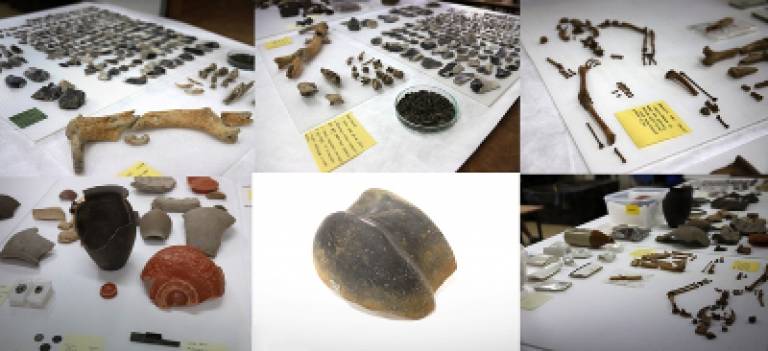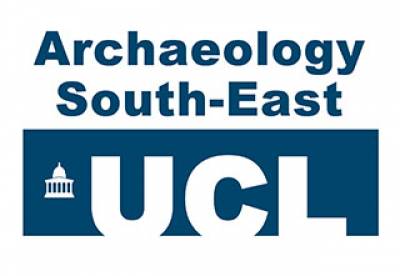ASE archaeological discoveries on Southern Water upgrade scheme
16 October 2018
Artefacts dating back thousands of years have been found by Archaeology South-East (ASE) after a series of exciting excavations in Chichester on behalf of Southern Water.

Archaeological excavation in advance of the construction of a major new wastewater main being installed by Southern Water led to a significant number of ancient artefacts being uncovered, some dating back to 3,500BC.
The archaeological work is part of Southern Water's capital scheme to build a 10km sewer pipeline that will run from the west of Chichester, across the north of the city and through to Tangmere, where it will connect to Tangmere Wastewater Treatment Works. Construction work is set to start in the early part of 2019.
According to Jim Stevenson (ASE Project Manager):

- "Southern Water's new water main scheme presented a unique opportunity to investigate what was essentially a 10km long transect across the hinterland of Chichester, enabling archaeologists to gain a keyhole-like view of patterns of human settlement and industry spanning late prehistory to the present day."
Material dating to the Neolithic period (3500-2500BC), included an antler pick, waste from flint knapping as well as charred wheat and barley grains and food remains. The antler pick would have been used as a digging tool and was found on the base of a large ring ditch monument. Flint knapping would have been a common activity in the Neolithic, with the material used, for example, to make tools for hunting, food preparation and leatherworking.
An abundance of pottery fragments were uncovered across many sites, representing a wide range of periods and spanning nearly six thousand years from the Early and Middle Neolithic periods to modern times (WWII). Some of the most notable vessels were a small group of Middle Neolithic (3300-2800BC) sherds, a group of Middle Bronze Age (c.1500-1150BC) cremation urns and an Early Iron Age (c. 600-400BC) domestic assemblage. There were also significant deposits of Roman pottery from one of the excavations located next to Stane Street, the main Roman road running between Chichester and London, and also from the speculated route of the Roman road from Arundel to Chichester.
From the later periods, a large group of medieval pottery from a deserted medieval village and even a group of pottery used before and during the Second World War on the airbase at Tangmere, including many items bearing RAF stamps, were discovered.
Read more
Image:
- Top Left: Neolithic material (flint, antler pick, pig teeth, charred plant material in petri dish)
- Top Middle: as top left but from a different angle
- Top Right: partial cat skeleton from the deserted medieval village
- Bottom Right: cat skeleton from different angle and RAF stamped pottery
- Bottom left: a selection of mid Roman (c.2nd to 3rd century AD) pottery including a 'black-burnished ware' cooking jar and an imported mould decorated samian ware bowl from central Gaul.
- Bottom middle: Early Iron Age (c.600-400BC) fine ware bowl
 Close
Close

